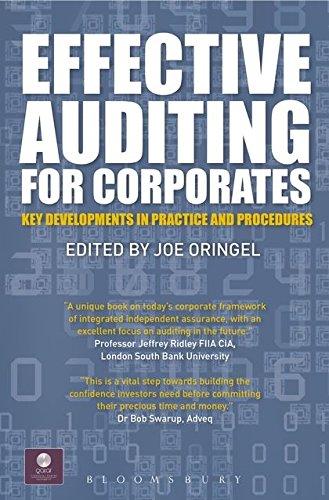Question
Pixie, Inc. began 2017 with the following balances in deferred tax accounts: Deferred Tax Assets: $180,000 (DR) DTA - Valuation Allowance: $10,000 (CR) Deferred Tax
Pixie, Inc. began 2017 with the following balances in deferred tax accounts:
Deferred Tax Assets: $180,000 (DR)
DTA - Valuation Allowance: $10,000 (CR)
Deferred Tax Liabilities: $120,000 (CR)
The deferred tax asset resulted from $500,000 of unearned revenue that was received at the end of 2016, but will be earned for financial reporting purposes evenly across the next four years (2017, 2018, 2019, and 2020) and a balance in Estimated Liability Under Warranties of $100,000. The deferred tax liability resulted from the financial accounting bases of depreciable assets exceeding the tax bases of depreciable assets by $400,000 due to excess MACRS depreciation over straight-line in previous years.
Pre-tax accounting income in 2017 and 2018 is $280,000 and $320,000, respectively and includes non-taxable municipal bond interest of $60,000 in both 2017 and 2018. During 2017 MACRS (tax) depreciation exceeded straight-line (financial) depreciation by $100,000. In 2018, the timing difference related to depreciation began to reverse in that MACRS depreciation was $150,000 less than straight-line depreciation. Also in 2017, Pixie recognized $80,000 in installment revenue as part of pretax financial accounting income, but the money will not be received and taxable until 2018. In 2017, Pixie recognized $20,000 of warranty expense in excess of costs to fix deficient products. In contrast, in 2018, Pixie incurred $55,000 in actual costs to fix products returned by customers than they recognized as warranty expense. Pixie also incurred a $50,000 fine in 2017 for an EPA violation which was appropriately recognized as an expense for financial reporting.
At the end of 2017, management estimated that the DTA Valuation Allowance account should have a balance of 5% of the Deferred Tax Asset balance. Pixie management decided that at the end of 2018, the valuation allowance should be 10% of the Deferred Tax Asset balance.
The tax rate was 30% for 2016 and 2017, but during 2017 Congress changed the applicable tax rate to 21% for 2018 and all subsequent years.
Required: 2017 tax year
(a) Calculate taxable income for 2017.
(b) Calculate the balances in Deferred Tax Asset, Deferred Tax Liabilities, and DTA - Valuation Allowance as of 12/31/17.
(c) Determine Income Tax Expense or Benefit for 2017.
(d) Record the journal entries for income tax recognition that would be made as of the end of 2017.
(e) Calculate the effective tax rate for 2017.
(f) Prepare the bottom of the income statement for Pixie just for 2017, beginning with Income before Income Taxes you do not need to separate income tax expense or benefit into current and non-current portions.
Step by Step Solution
There are 3 Steps involved in it
Step: 1

Get Instant Access to Expert-Tailored Solutions
See step-by-step solutions with expert insights and AI powered tools for academic success
Step: 2

Step: 3

Ace Your Homework with AI
Get the answers you need in no time with our AI-driven, step-by-step assistance
Get Started


